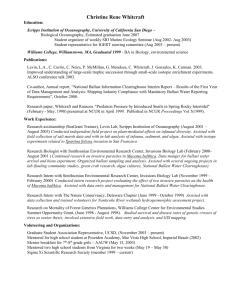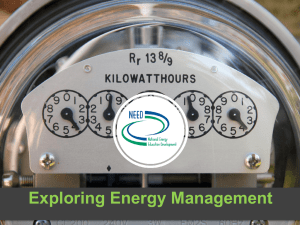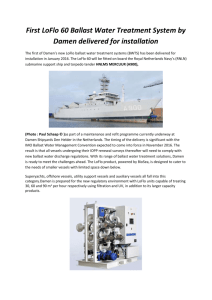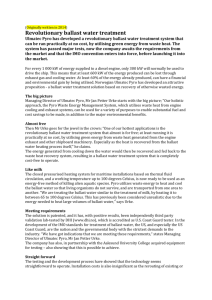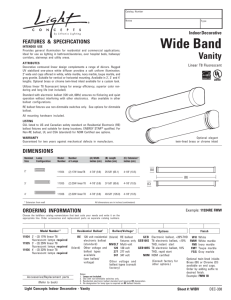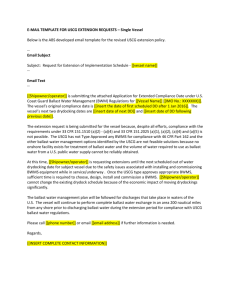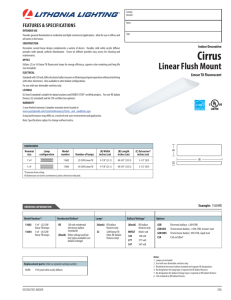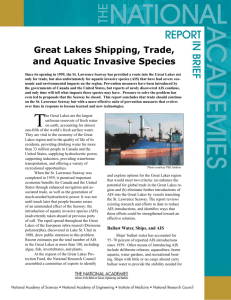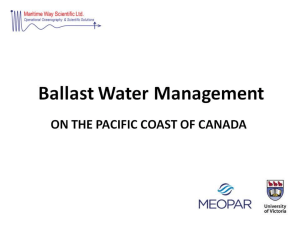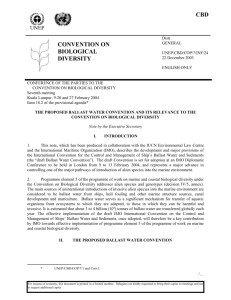- GLSLBallast.net
advertisement
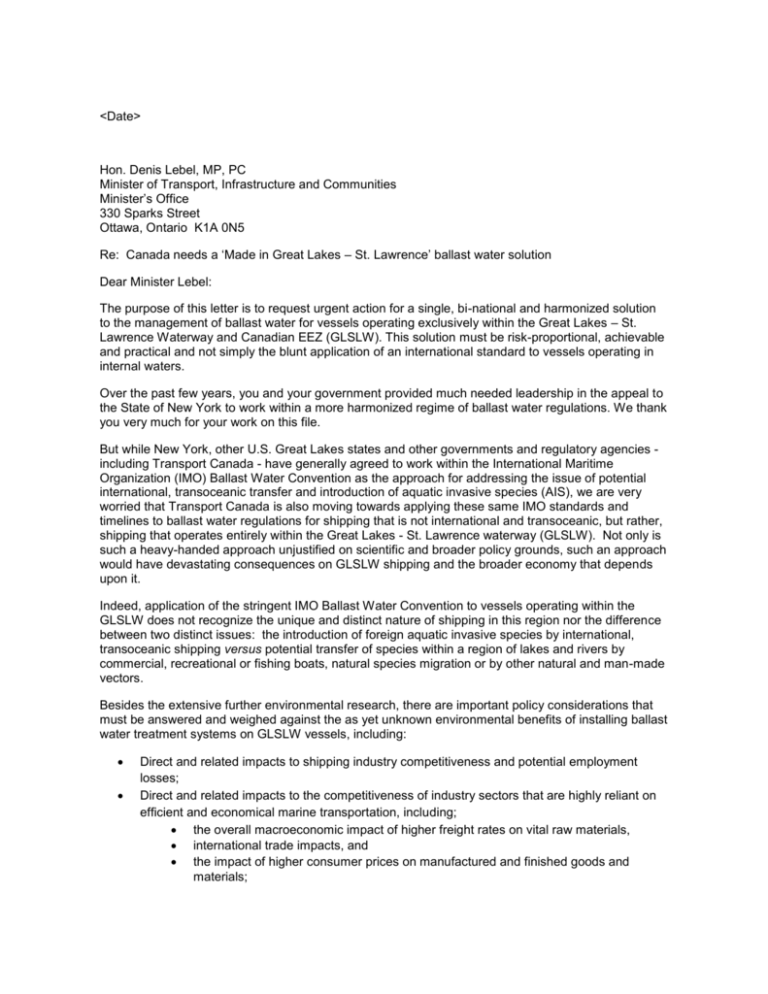
<Date> Hon. Denis Lebel, MP, PC Minister of Transport, Infrastructure and Communities Minister’s Office 330 Sparks Street Ottawa, Ontario K1A 0N5 Re: Canada needs a ‘Made in Great Lakes – St. Lawrence’ ballast water solution Dear Minister Lebel: The purpose of this letter is to request urgent action for a single, bi-national and harmonized solution to the management of ballast water for vessels operating exclusively within the Great Lakes – St. Lawrence Waterway and Canadian EEZ (GLSLW). This solution must be risk-proportional, achievable and practical and not simply the blunt application of an international standard to vessels operating in internal waters. Over the past few years, you and your government provided much needed leadership in the appeal to the State of New York to work within a more harmonized regime of ballast water regulations. We thank you very much for your work on this file. But while New York, other U.S. Great Lakes states and other governments and regulatory agencies including Transport Canada - have generally agreed to work within the International Maritime Organization (IMO) Ballast Water Convention as the approach for addressing the issue of potential international, transoceanic transfer and introduction of aquatic invasive species (AIS), we are very worried that Transport Canada is also moving towards applying these same IMO standards and timelines to ballast water regulations for shipping that is not international and transoceanic, but rather, shipping that operates entirely within the Great Lakes - St. Lawrence waterway (GLSLW). Not only is such a heavy-handed approach unjustified on scientific and broader policy grounds, such an approach would have devastating consequences on GLSLW shipping and the broader economy that depends upon it. Indeed, application of the stringent IMO Ballast Water Convention to vessels operating within the GLSLW does not recognize the unique and distinct nature of shipping in this region nor the difference between two distinct issues: the introduction of foreign aquatic invasive species by international, transoceanic shipping versus potential transfer of species within a region of lakes and rivers by commercial, recreational or fishing boats, natural species migration or by other natural and man-made vectors. Besides the extensive further environmental research, there are important policy considerations that must be answered and weighed against the as yet unknown environmental benefits of installing ballast water treatment systems on GLSLW vessels, including: Direct and related impacts to shipping industry competitiveness and potential employment losses; Direct and related impacts to the competitiveness of industry sectors that are highly reliant on efficient and economical marine transportation, including; the overall macroeconomic impact of higher freight rates on vital raw materials, international trade impacts, and the impact of higher consumer prices on manufactured and finished goods and materials; The potential for higher freight costs to influence shipper preference for non-marine transportation options, such as trucking or rail. (For every shipload lost to trucking it will mean 900 additional heavy truck trips on already overburdened and grid-locked roads); Worse environmental and societal outcomes in terms of air emissions and significantly worse social outcomes in terms of noise pollution, accidents and spills and human safety. Solution In February, 2012, the U.S. Coast Guard (USCG) published what, to date, has become one of the most sensible and practical regulatory solutions on ballast water. This rule recognizes the current limitations in ballast water treatment system technologies and compliance measurement techniques, acknowledges GLSLW vessel technical and operational constraints and allows for the continuation of best management practices. The U.S. Coast Guard Rule treats all domestic Canadian and U.S. vessels equally across the entire GLSLW. This is an approach that should be emulated and accepted bi-nationally. Minister Lebel, the international, transoceanic transfer and introduction of AIS in the ballast water of foreign ocean-going ships is an issue that industry, governments, academia and non-governmental organizations in the Great Lakes - St. Lawrence region have been successfully addressing. The 2006 requirement for deep sea-water ballast exchange and tank flushing for all foreign vessels prior to entry to the Great Lakes has resulted in no new AIS introductions since this practice began. While Canada is working collaboratively with the international community through the IMO to put in place rules requiring ballast water treatment technology aboard international ships to further guard against new AIS introduction to our waters, we are concerned that Transport Canada is inappropriately proposing to use this same, rather blunt, regulatory tool on the unique fleet of domestic vessels that operate exclusively within the free-flowing, inter-connected waters of the GLSLW and Canada’s EEZ and which cannot, unlike foreign transoceanic ships, introduce AIS into Canadian waters. Before any further consideration of regulatory burden upon GLSLW shipping is contemplated, Transport Canada must give much greater due process to research, science, marginal risk and calibrate any anticipated regulatory action against the many socio-economic policy variables that must be included in the analysis. In the meantime, given the impending Final Rulemaking by the U.S. EPA and the potential cominginto-force of the IMO convention, the Government of Canada must immediately announce its intention to emulate the U.S. Coast Guard ballast water rules for vessels operating exclusively in the GLSLW and Canadian EEZ and seek implementation of this approach as a bi-national and harmonized solution to the management of ballast water within the entire GLSLW. Sincerely, cc. Mr. Tim Meisner, Director General, Marine Policy, Transport Canada

